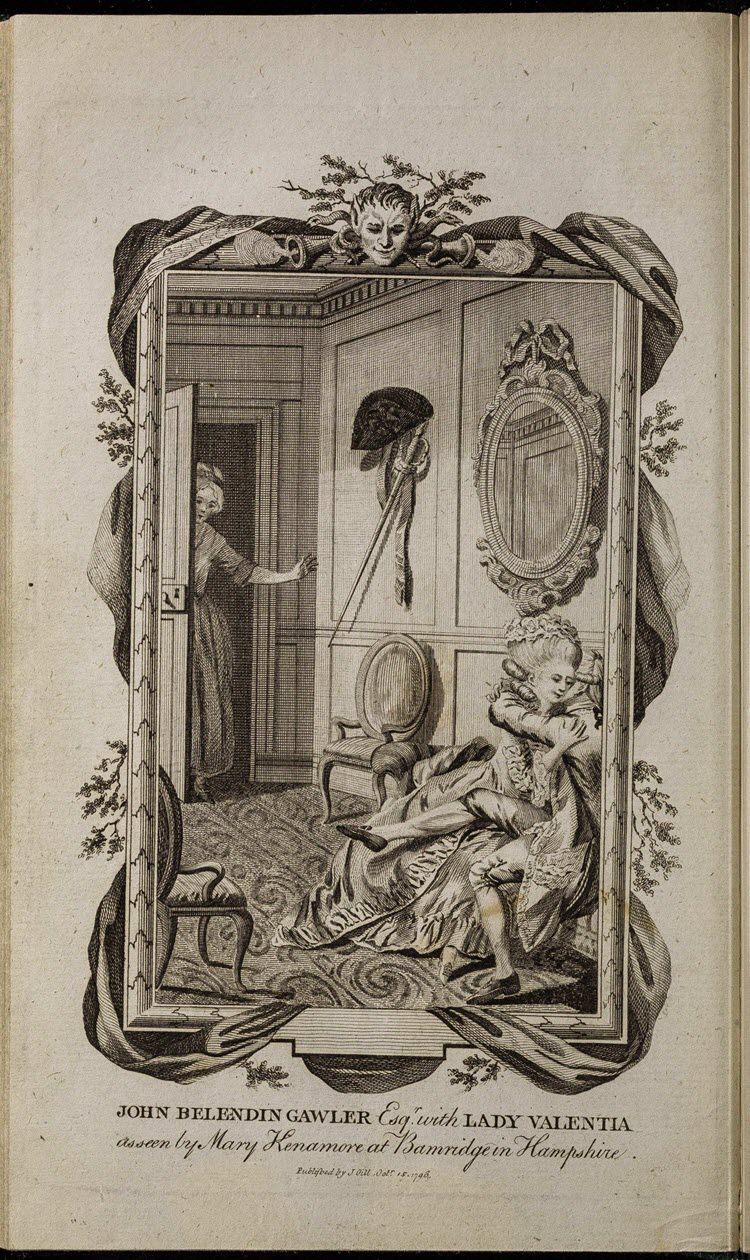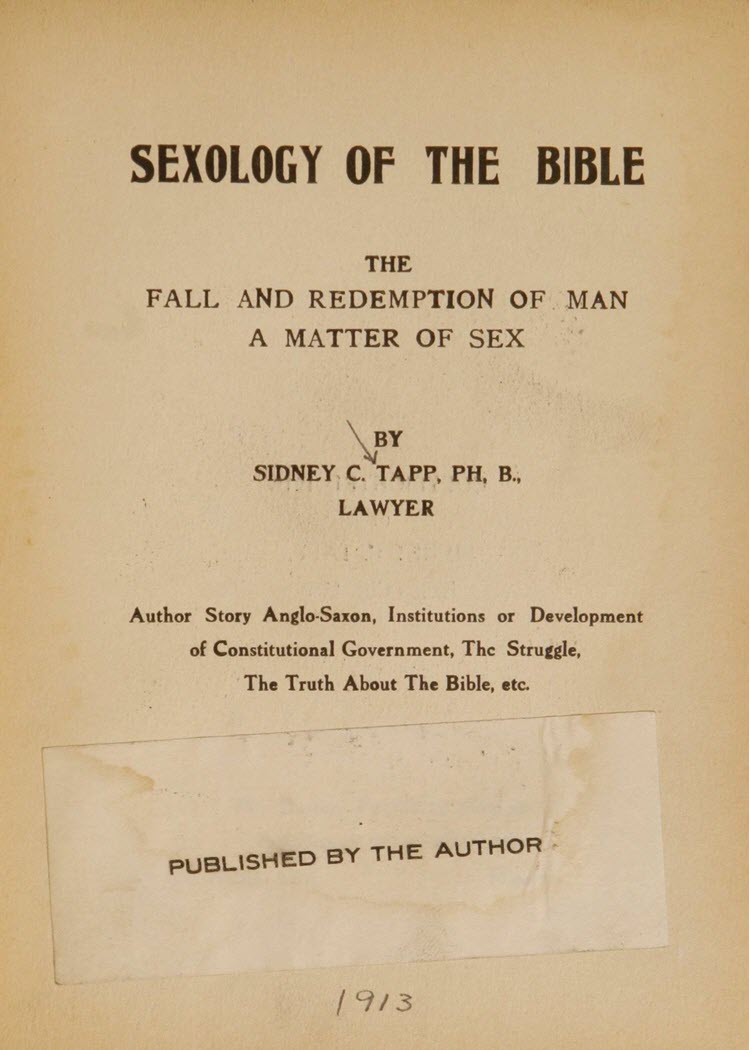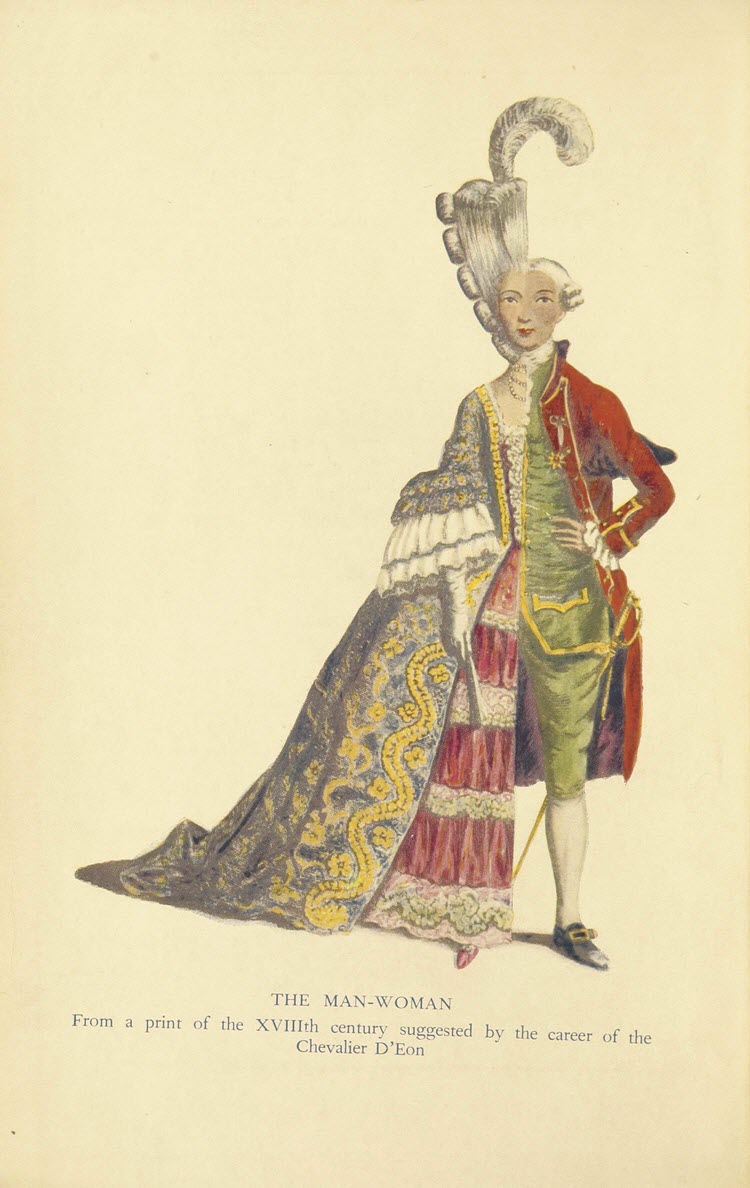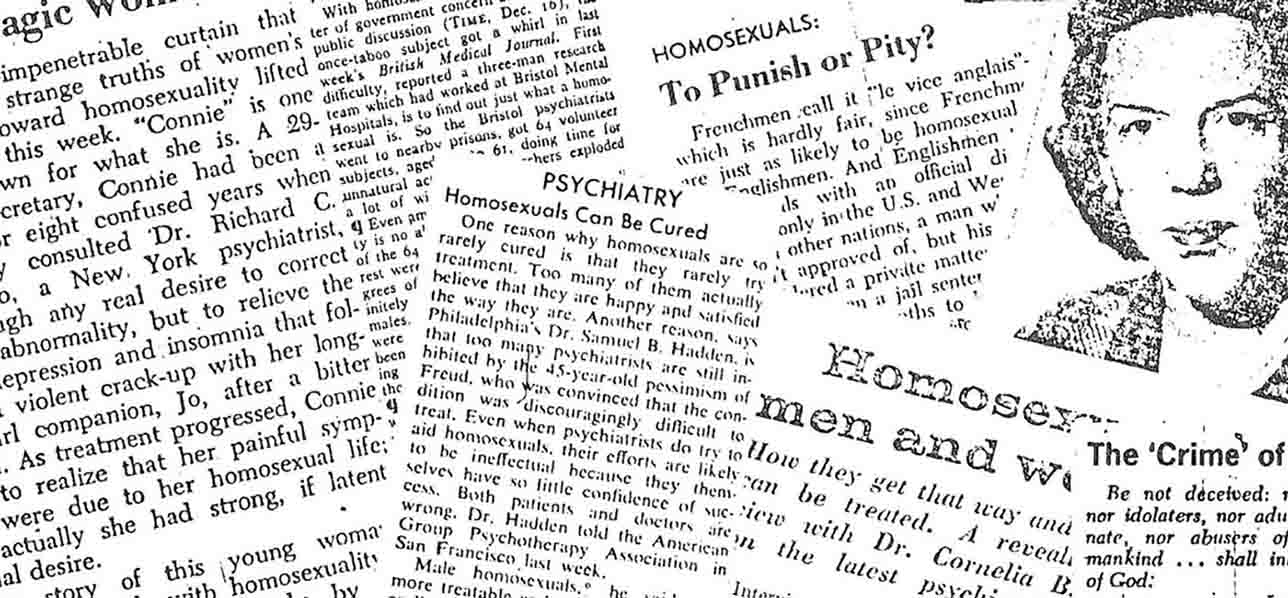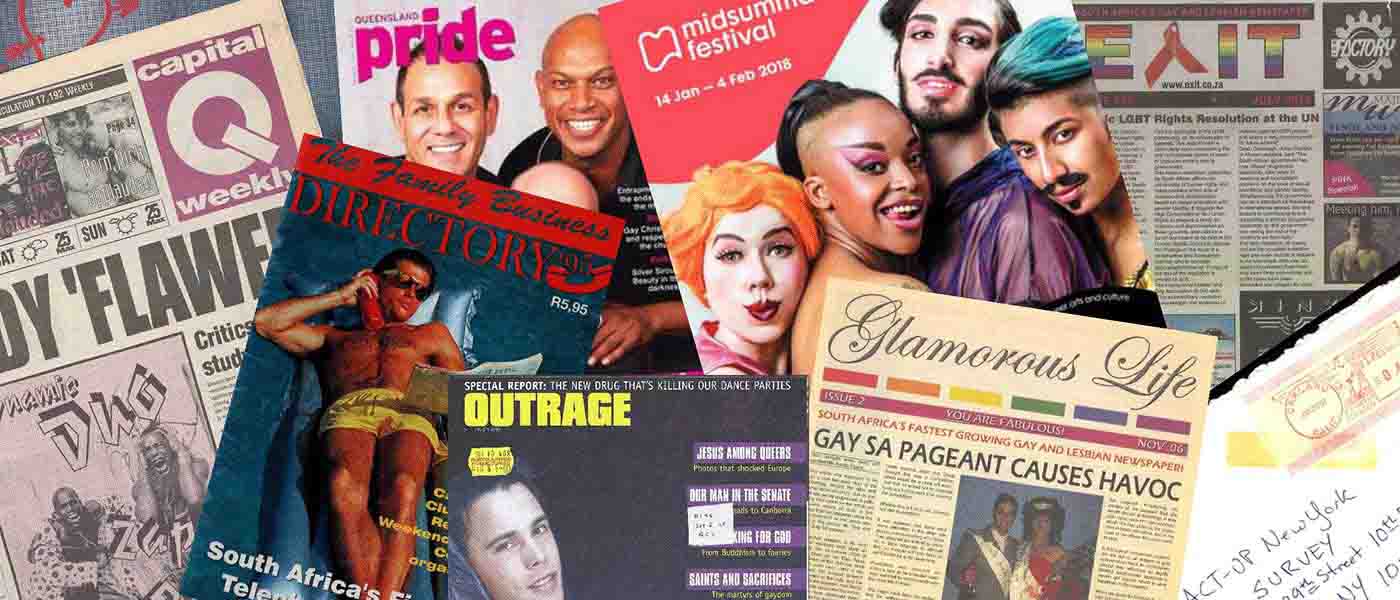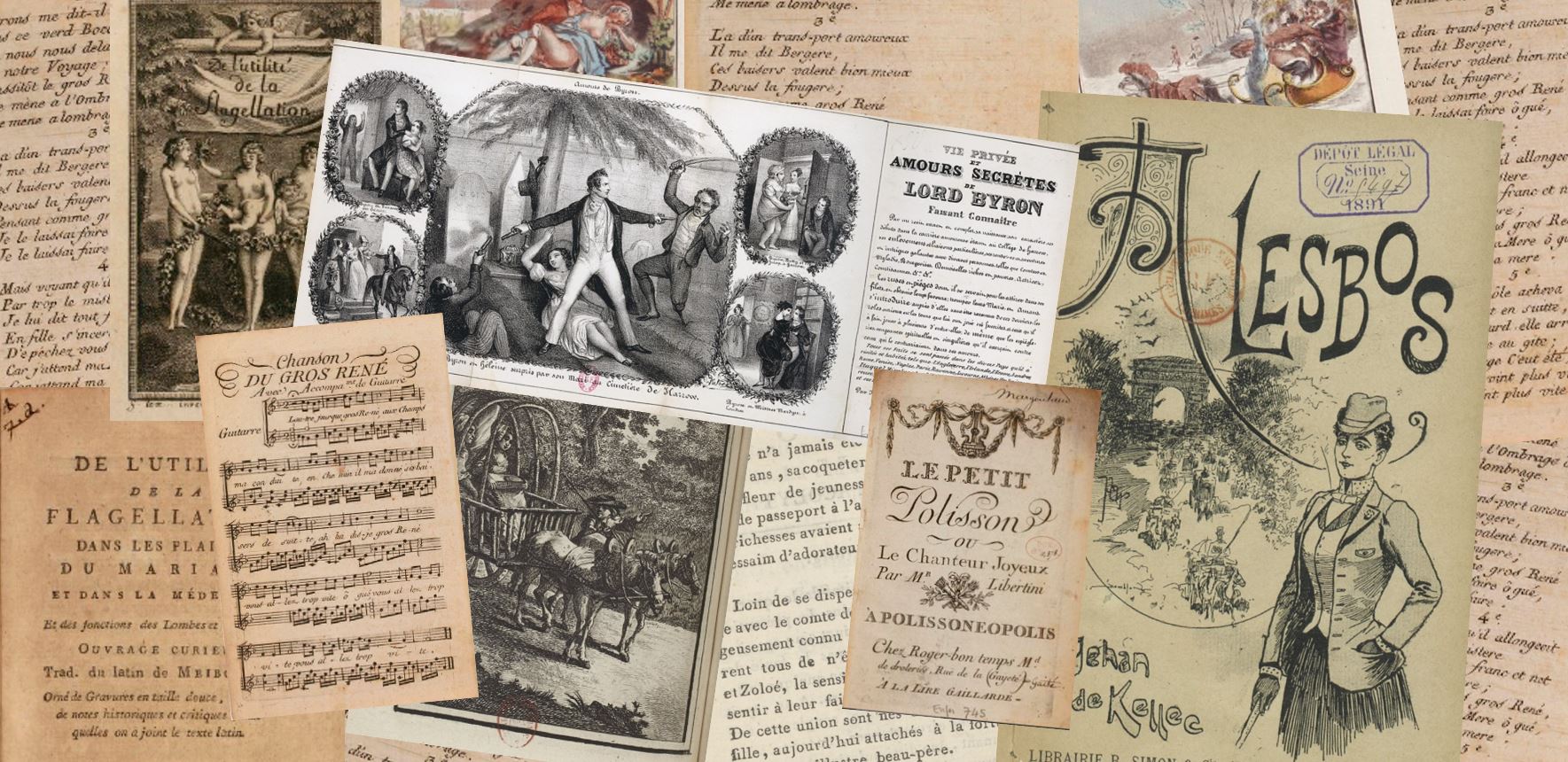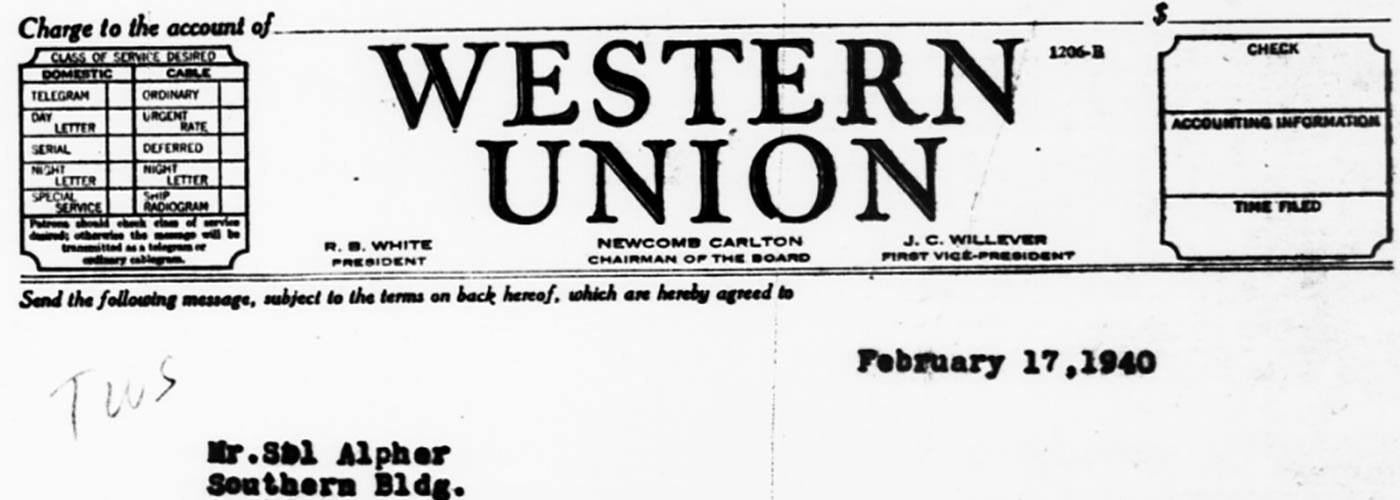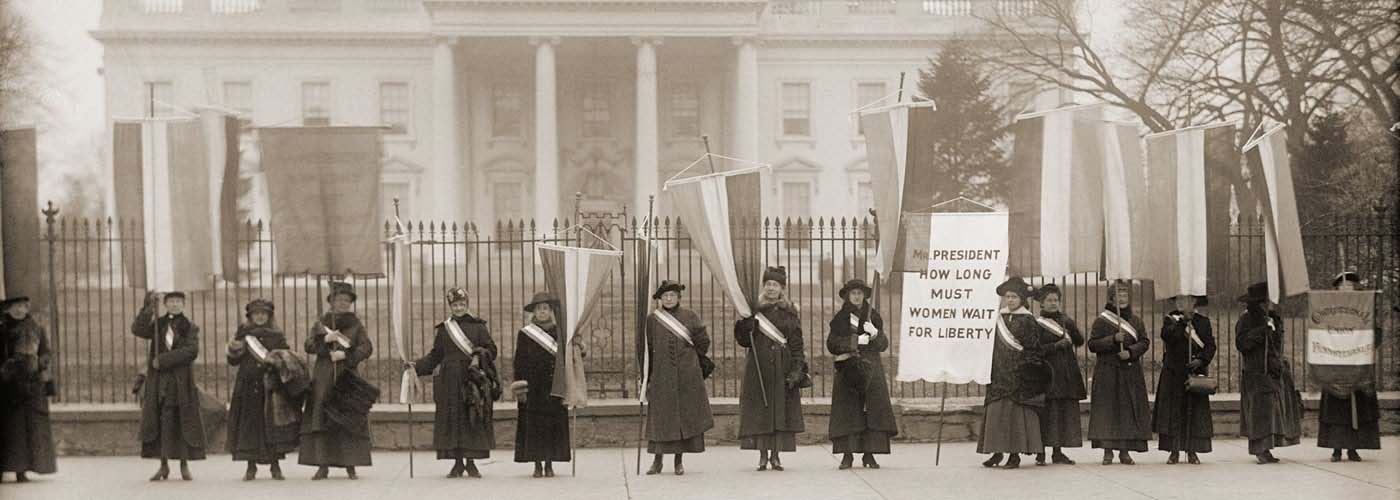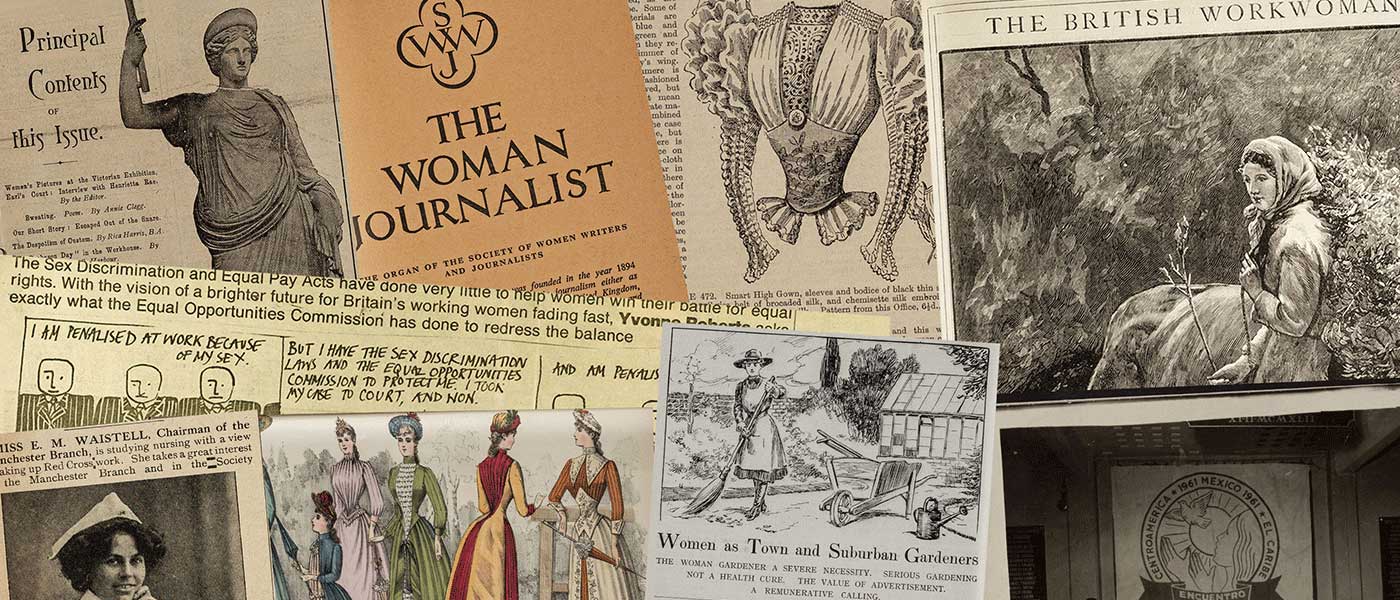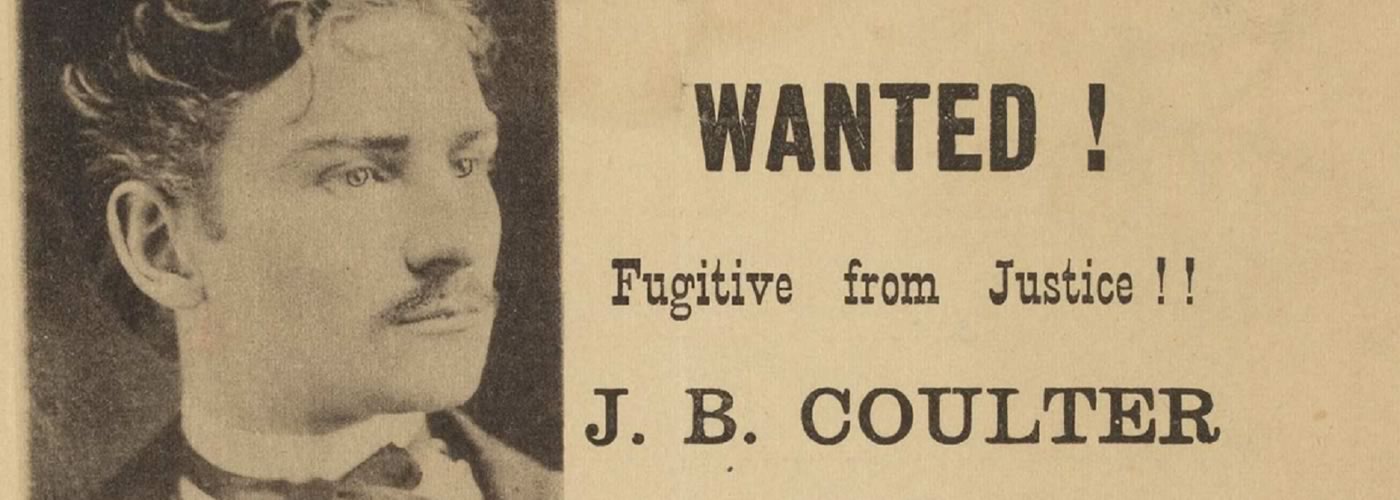Locked Away No Longer, Rare Access to Unique Historical Content
The third collection in the award-winning series Archives of Sexuality and Gender broadens the scope from a specific focus on LGBTQ history and culture in Part I and Part II to the study of sex and sexuality. This module makes available approximately one million pages of content that’s been locked away for many years, available only via restricted access. With a date range of 1600-1940, some content remains difficult to access, having been dispersed among broader collections. Now, this major collection of rare and unique material is available to support students, researchers, and faculty exploring areas such as medicine, biology, anthropology, law, the classics, art, and erotic literature.
DISCOVER A WEALTH OF PREVIOUSLY FORBIDDEN CONTENT
Monographs, manuscripts, correspondence, and ephemera from the sixteenth to the twentieth century provide context to the post-1940 materials included in Parts I and II. Covering a wide range of previously taboo topics, they offer unique perspectives on history, society, social mores, and changing views of sexuality.
IMPORTANT TOPICS EXPLORED
The topics of sexuality and gender have been chronicled through the ages yet the availability of content has often been compromised due to its subject matter. Now, academic faculty, students and scholars alike recognise its importance, leading to significant demand for content that allows serious research and study of this subject area. Archives of Sexuality and Gender: Sex and Sexuality, Sixteenth to Twentieth Century provides a window into how sexuality and gender roles were viewed and changed over the years.
SUPPORT INTERDISCIPLINARY STUDIES
With documents dating back to the sixteenth century, the collection examines patterns of fertility and sexual practice; prostitution; religion and sexuality; the medical and legal construction of sexualities; the rise of sexology and more. Exploring Archives of Sexuality and Gender: Sex and Sexuality, Sixteenth to Twentieth Century through Gale’s Digital Scholar Lab, researchers of all levels can quickly build corpora of analysis-ready text data sourced from Gale’s unrivalled digital collection of primary source material.

Gale Primary Sources | Gale Review Blog
Archives Explored | Gale Digital Scholar Lab | Sign up for Updates

Look Inside
Additional Details
subjects covered
- Early Modern British and European History
- Gender & Women's Studies
- Humanities & Social Sciences
- Anthropology
- Sociology
- Nineteenth Century Studies
- Psychology
- Social History
Platform Features & Tools
Term Frequency
Researchers can see the frequency of search terms within sets of content to begin identifying central themes and assessing how individuals, places, events, and ideas interact and develop over time.
Topic Finder
By grouping commonly occurring themes, this tool reveals hidden connections within search terms—helping to shape research by integrating diverse content with relevant information.
Cross-Search Capability
Search across the content of complementary primary source products, including books, in one united, intuitive environment, enabling innovative new research connections.
Subject Indexing
Subject indexing at article level to aid searching by author, topic and region.
Reviews & Testimonials
Best eProduct/ Best in Humanities
"The program, which brings together about 1.5 million pages of rare and unique primary source content, is continuing to make an impact. It has become one of the most commercially successful Gale archives and can be found in institutions all around the globe. It recently won the PROSE award for "Best eProduct/Best in Humanities", presented by the Professional and Scholarly Publishing unit of the Association of American Publishers."
"The importance of individuals having access to these materials through local and university library subscriptions cannot be overstated. For many queer people, looking up homosexual or transgender at the library is a first step to self-knowledge—it certainly was for me—and it’s one that’s usually met with somewhat frightening clinical descriptions. With access to this resource, searchers will find themselves awash in a much richer—and inspiring—history than they might otherwise have encountered."
“Created for students and researchers . . . the product offers rare and unique documentation, including organizational papers, government documents, newsletters, photographs, and private correspondence...This is an ambitious beginning to another robust tool from Gale.”
“This is a very unique resource and represents a major and meaningful effort to support the study of LBGTQ issues. It is highly recommended for academic and large public libraries. It is carefully and thoughtfully constructed and enhanced with advanced search tools.”


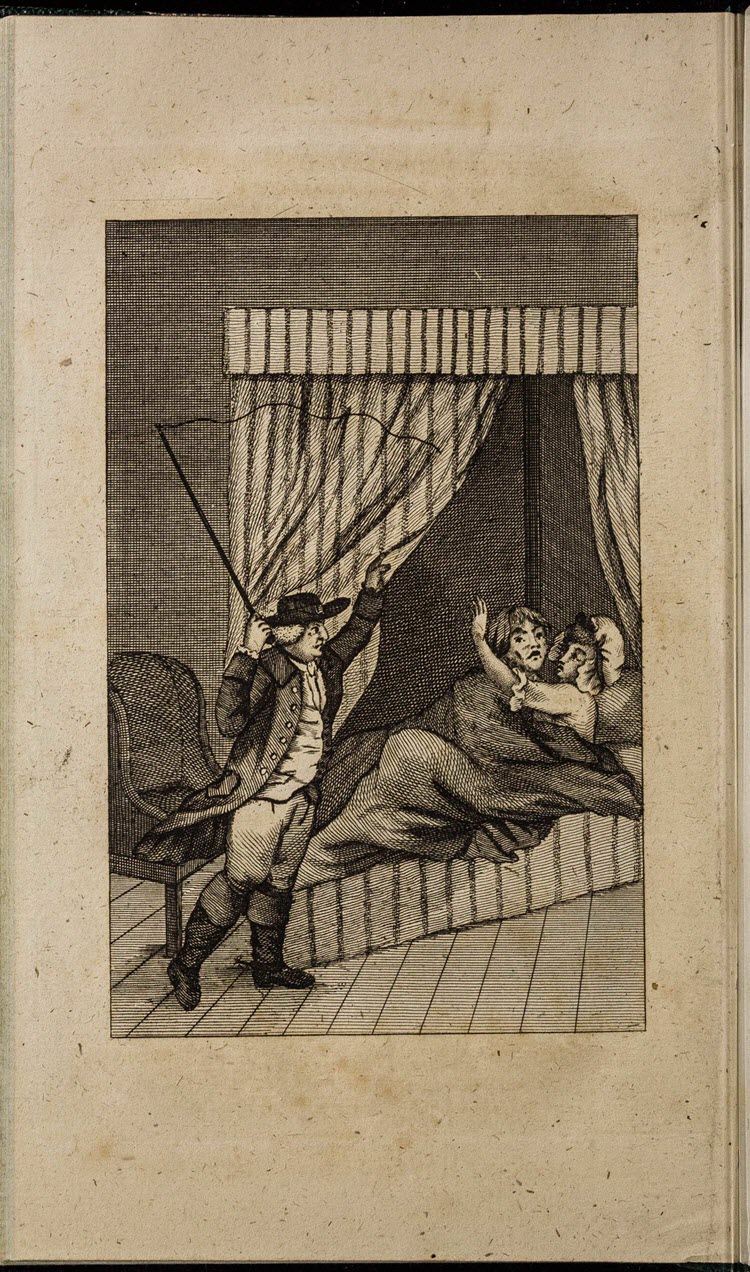
![A Private Interview between Young William & Sweet Lucy. A poem, etc. [With illustrations.]. [c. 1890]. Archives of Sexuality & Gender](/binaries/content/gallery/gale-us-en/look-inside-images/primary-sources/archives-of-sexuality--gender/asg_lgbtq_p3_academic_lookinside2.jpg)
![De Lauris, Liane. L'Écrin du rubis, ou les Délices des dessous. [With plates.]. N.p., 1932. Archives of Sexuality & Gender](/binaries/content/gallery/gale-us-en/look-inside-images/primary-sources/archives-of-sexuality--gender/asg_lgbtq_p3_academic_lookinside3.jpg)
